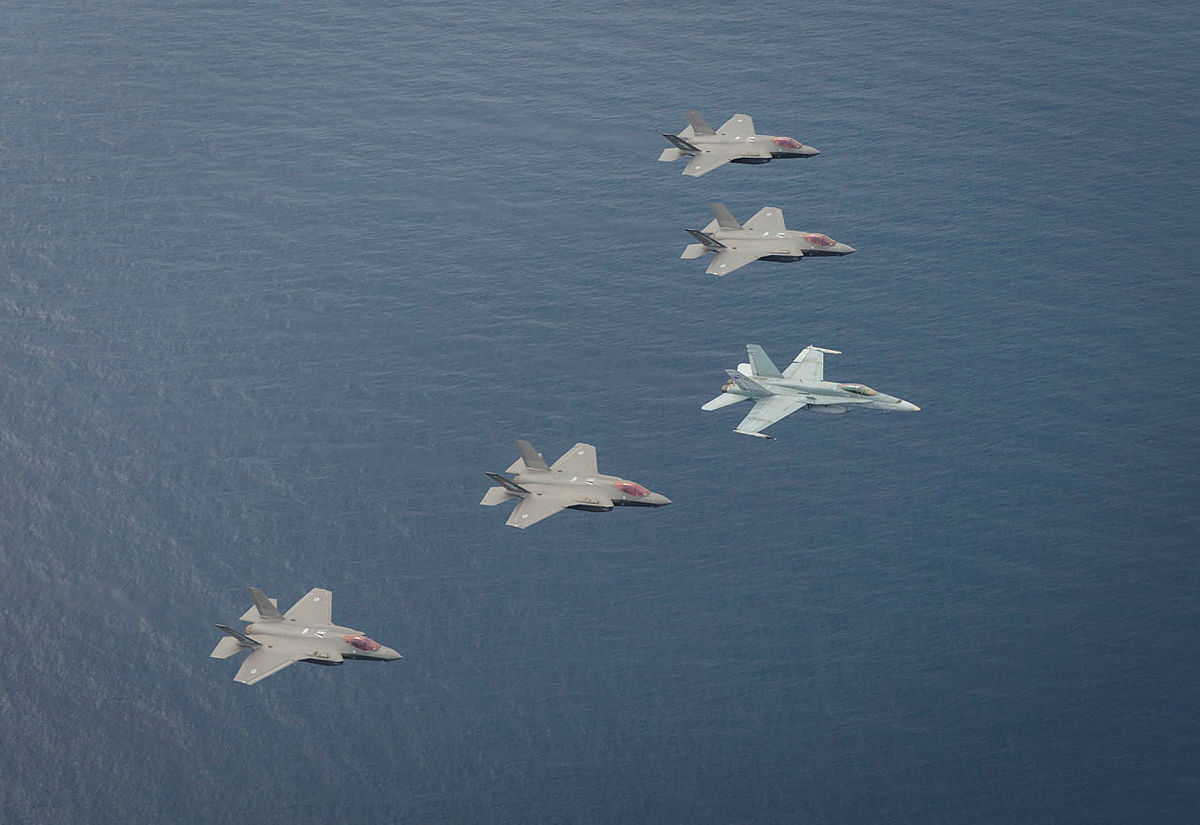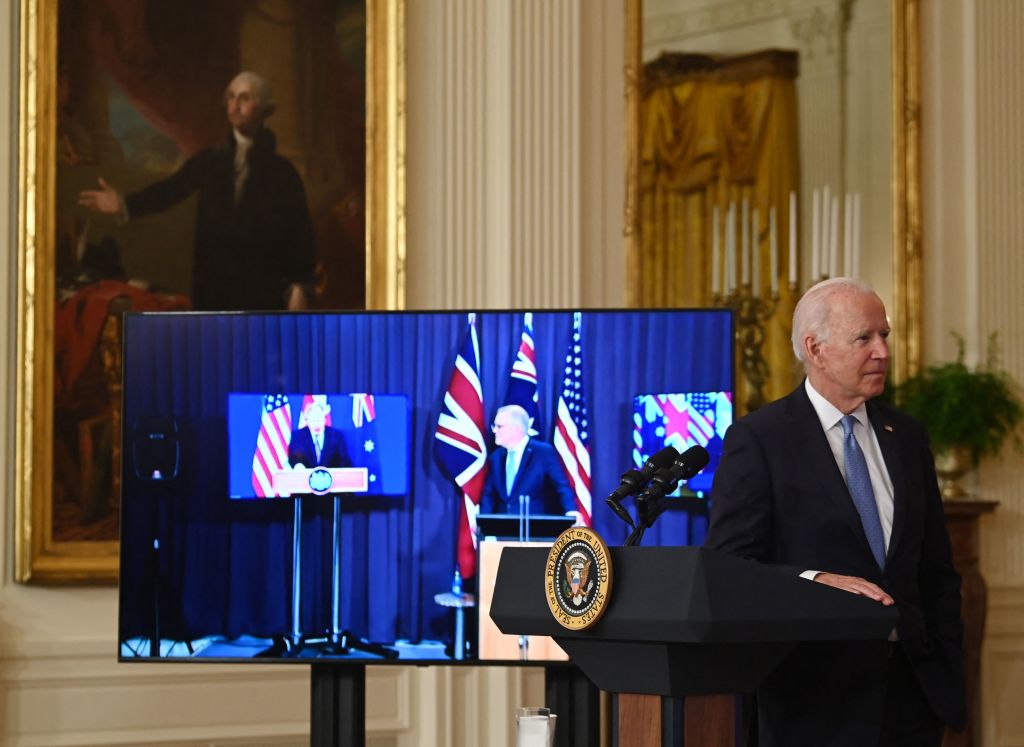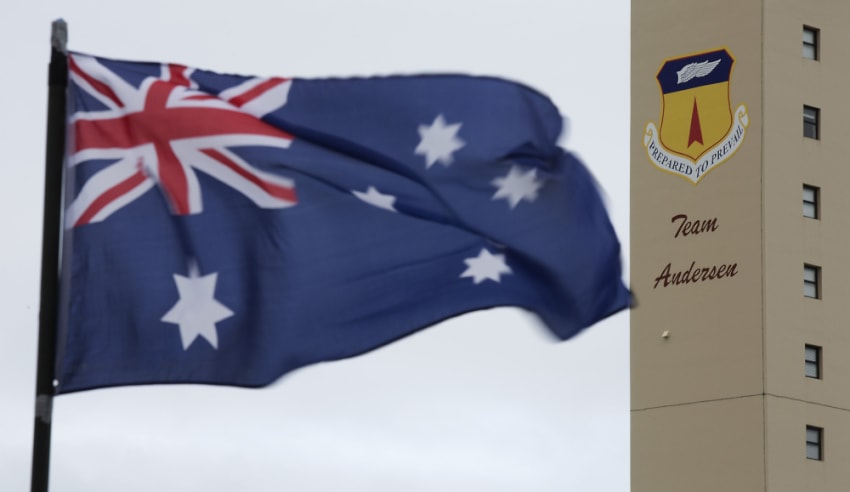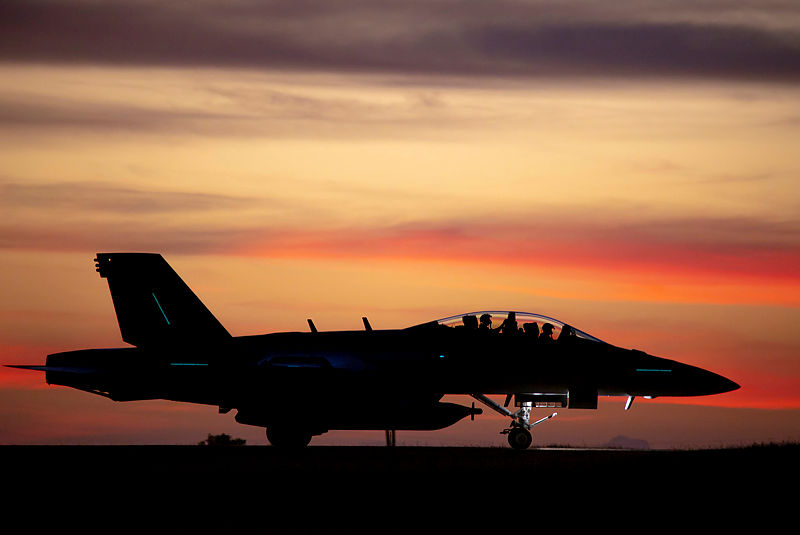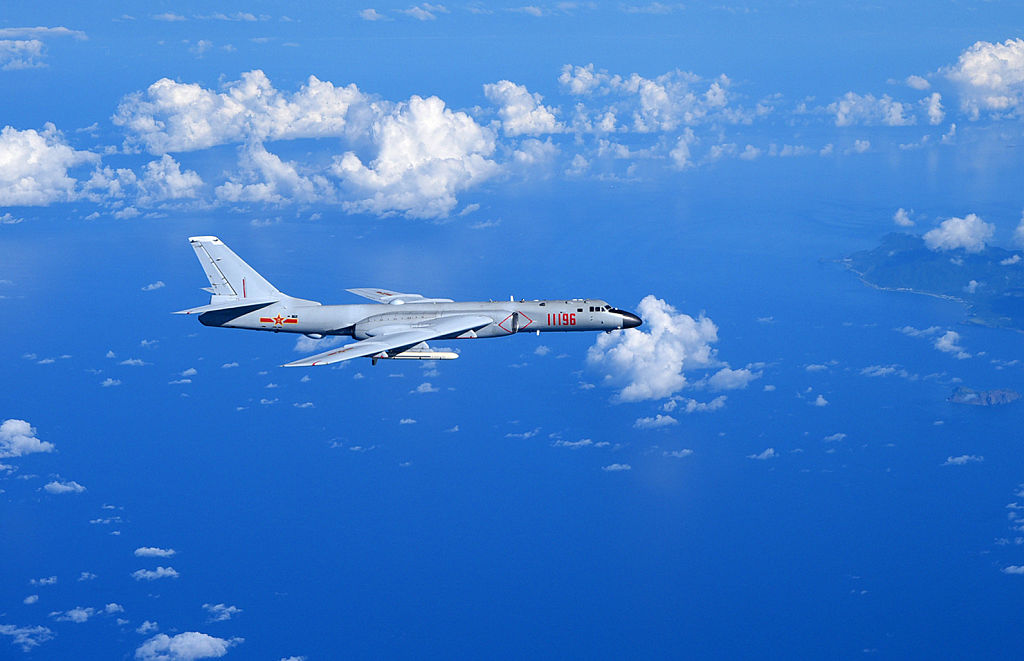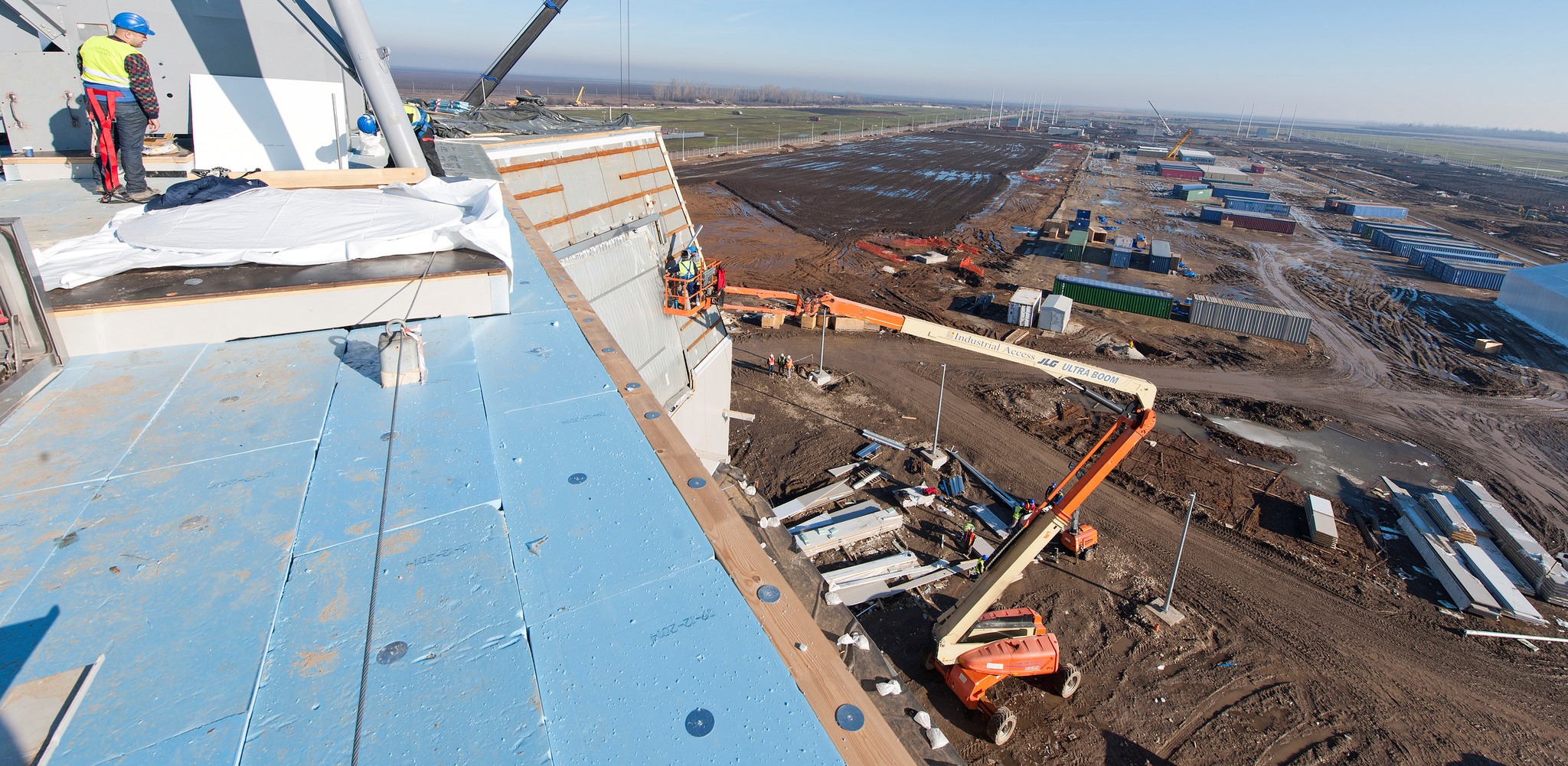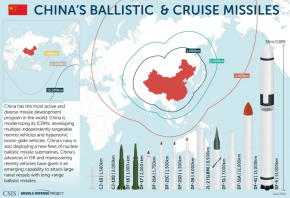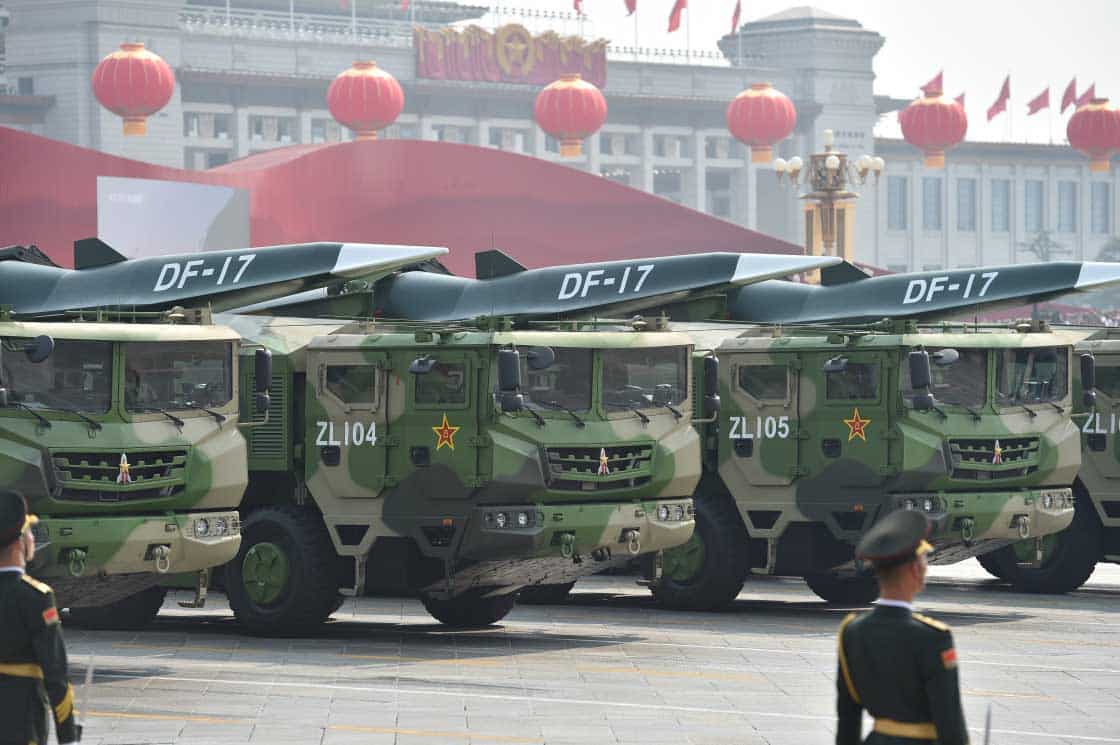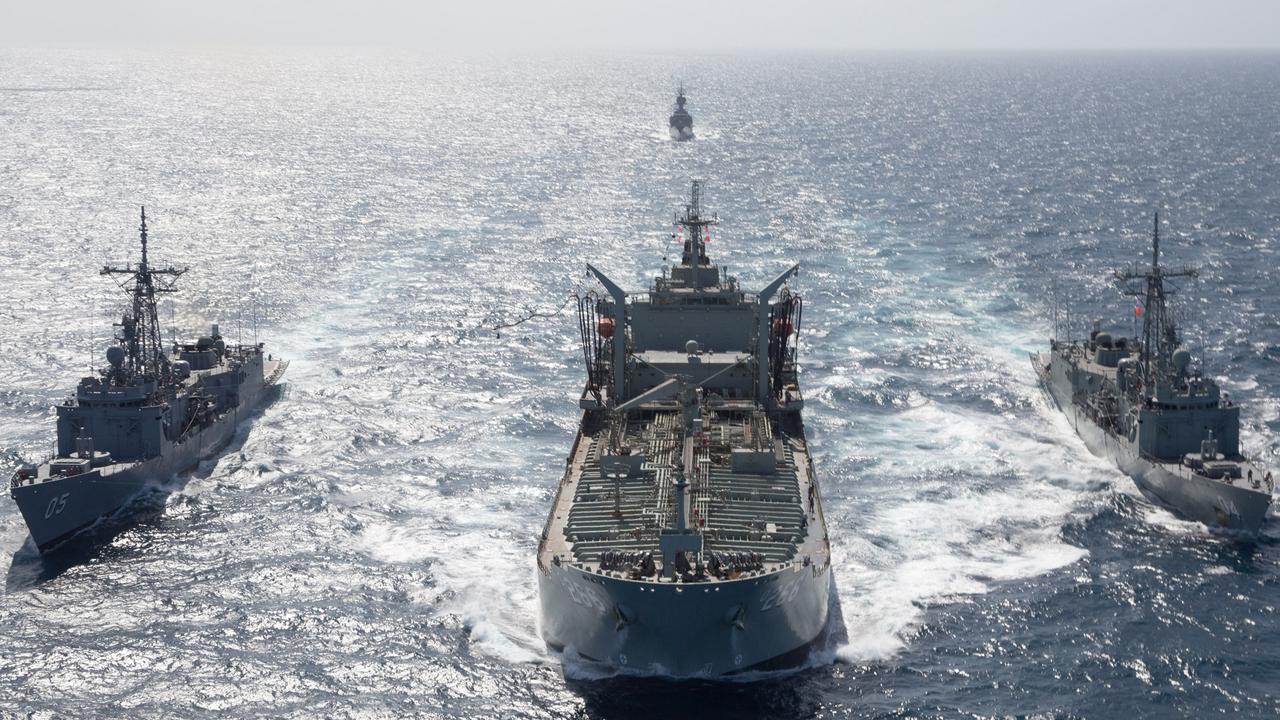BTW my views are not definitive. As with WWII there were multiple realistic vignettes or scenarios that could play out. A lot of people thought a direct attack from Japan on Hawaii was impossible/unlikely. Sometimes it came down to an individual choice, weather conditions or just blind luck that a particular scenario came to be.I happen to think @StingrayOZ is incorrect in his reasoning that a future war between the PRC and the US and its allies will be different to the WW2 Pacific War. My reasoning is that the geophysical features haven't changed and the same strategic problems that the Imperial Japanese Army and Navy faced in the Pacific still face the PRC. How to destroy or incapacitate the US naval, ground, and air forces in the Pacific. What is different is the technology.
It is possible to believe one scenario is more likely, but still find other opposite scenarios possible.
I think mainland bombing of Australia with conventional weapons as a regular occurrence is extremely unlikely. Perhaps a shock raid of a juicy target, as we saw with Sydney, and the occasional raids of far off locations like occurred with Darwin.
I agree with Molan. With the idea that Australia is unlikely to be the main target in a major conflict. Bases in the north may be a target, if they heavily used by the US. But the US has many, many bases and Australia, is still very, very far away. While US forces bring with them increase targeting priority, they also bring with them, increase capabilities. I'm not sure Australia needs to focus on simply becoming a fortress on the continent. I see value in our forces being about to be deployed forward and upwards.
Wars always start off as limited wars, and sometimes they end that way. Unlimited war in the modern situation involves global nuclear exchange, if that occurs, there there is very little we can do to stop it or survive it.
China's immediate aims are not global, they are local. Russia has different aims but historically will use any timing to its advantage.
IMO the greater danger for Australia is post a China/US conflict. Realistically that is what we are preparing for. If the next war is likely to happen in the 2025-2030 period, we have missed it for our planning of major items like submarines and frigates. But looking beyond that, the world could be a very chaotic place.

